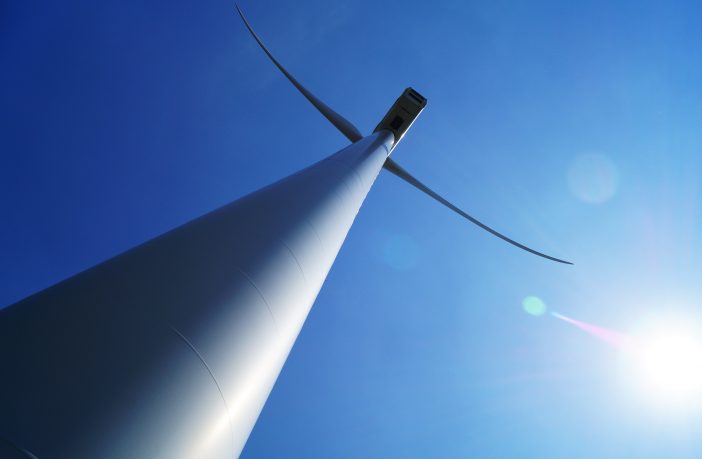- According to BloombergNEF Levelised Cost of Electricity (LCOE) analysis, Solar and/or wind are now the cheapest new source of generation in all major economies, except Japan.
- The report also found that the cost of onshore wind power is down 6% due to cheaper wind turbine prices.
- The utility-scale PV market in China has contracted by more than a third in 2018 because of policy revisions in that country.
- Short-duration batteries are today the cheapest source of new fast-response and peaking capacity in all major economies except the U.S.
- Batteries co-located with PV or winds are becoming more common.
- Battery costs are set to drop another 66% by 2030
Bloomberg NEF is a leading provider of primary research on clean energy, advanced transport, digital industry, innovative materials, and commodities. Every six months they run a Levelised Cost of Electricity (LCOE) analysis. The report is based on a worldwide assessment of the cost competitiveness of different power generating and energy storage technologies. Here are the main take-ways:
Solar and/or wind are now the cheapest new source of generation in all major economies, except Japan. This includes China and India, where not long ago coal was king. In India, best-in-class solar and wind plants are now half the cost of new coal plants.
The utility-scale PV market in China has contracted by more than a third in 2018 because of policy revisions in that country. This in turn has created a global wave of cheap equipment that has driven the benchmark global levelised cost of new PV (non-tracking) down to US 60/MWh in 2H 2018, a 13% drop from the first semester of 2018.
The report confirms that the benchmark global levelised cost for onshore wind sits at US52/MWh, down 6% from our 1H 2018 analysis. This is on the back of cheaper turbines and a stronger U.S. dollar. Onshore wind is now as cheap as US27/MWh in India and Texas, without subsidy.
In most locations in the U.S. today, wind outcompetes combined-cycle gas plants (CCGT) supplied by cheap shale gas as a source of new bulk generation. If the gas price rises above US3/MMBtu, the report suggests that new and existing CCGT are going to run the risk of becoming rapidly undercut by new solar and wind. This means fewer run-hours and a stronger case for flexible technologies such as gas peaker plants and batteries that do well at lower utilization (capacity factor).
Higher interest rates in China and the U.S. over the past two years have put upward pressure on financing costs for PV and wind, but these have been dwarfed by lower equipment costs.
In Asia-Pacific, more expensive gas imports mean that new-build combined-cycle gas plants with a levelised cost of US70-117/MWh continue to be less competitive than new coal-fired power at US59-81/MWh. This remains a major hurdle for reducing the carbon intensity of electricity generation in this part of the world.
Short-duration batteries are today the cheapest source of new fast-response and peaking capacity in all major economies except the U.S., where cheap gas gives peaker gas plants an edge. As electric vehicle manufacturing ramps-up, battery costs are set to drop another 66% by 2030, according to their analysis. This, in turn, means cheaper battery storage for the power sector, lowering the cost of peak power and flexible capacity to levels never reached before by conventional fossil-fuel peaking plants.
Batteries co-located with PV or wind is becoming more common. The report suggests that new-build solar and wind paired with four-hour battery storage systems can already be cost competitive, without subsidy, as a source of dispatchable generation compared with new coal and new gas plants in Australia and India.
BNEF’s 2H 2018 LCOE analysis covers nearly 7,000 projects across 20 technologies and 46 countries globally. All updated technology costs and performance inputs are available on BloombergNEF’s digital platforms.
Author: Bryan Groenendaal















